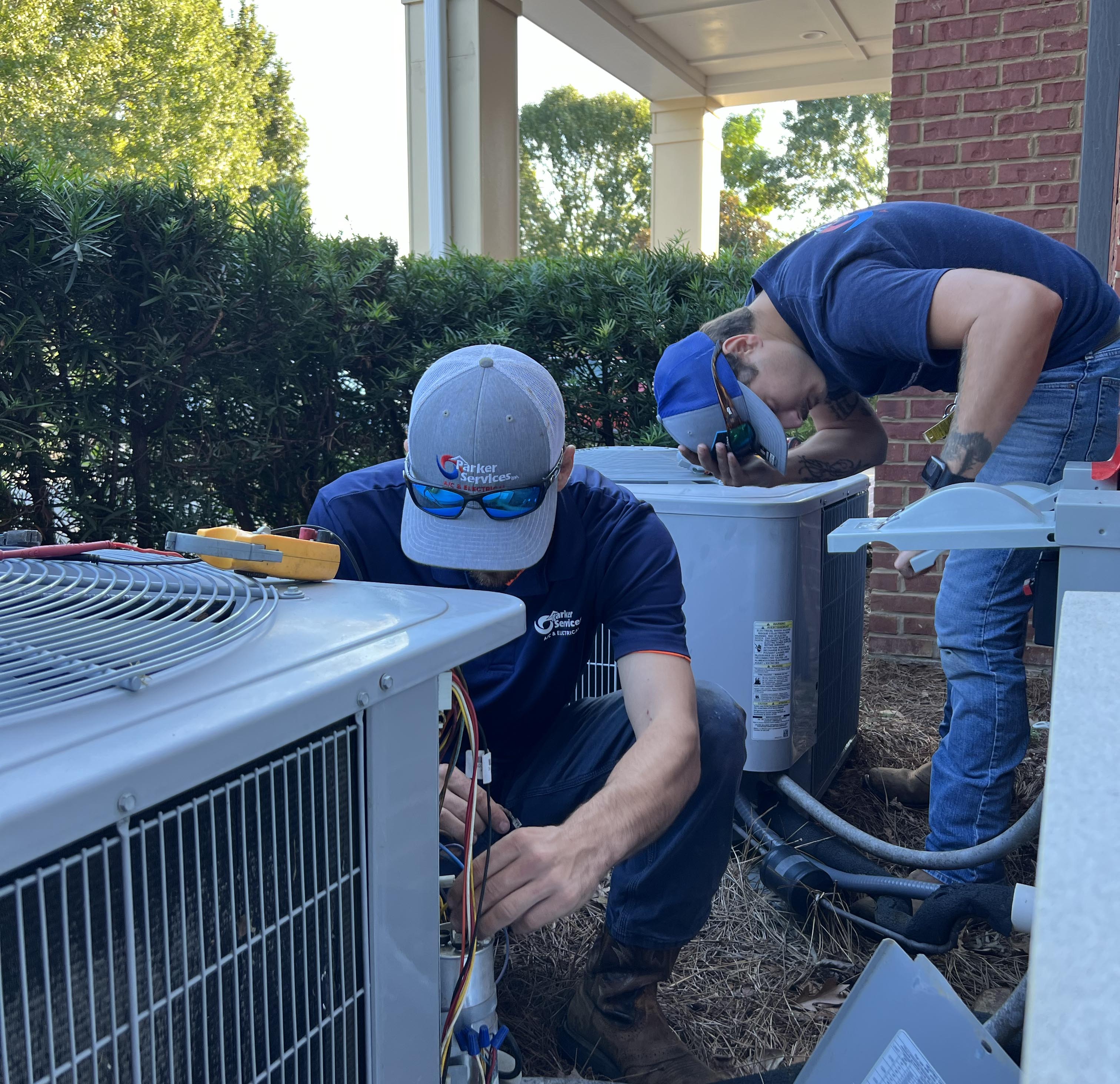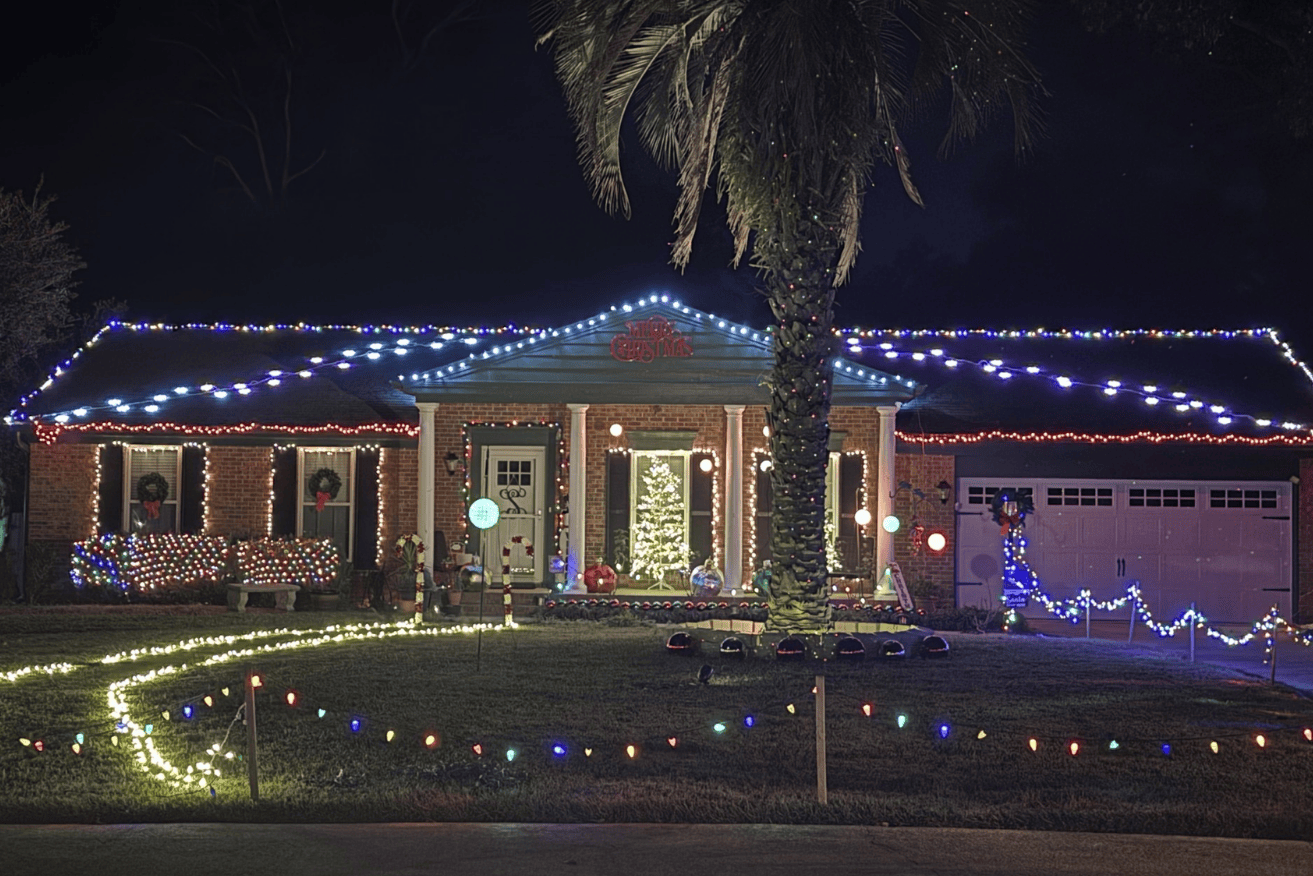
Quick Tips
October 29, 2025
Common HVAC Problems in Commercial Buildings and How to Prevent Them
Have you ever walked into a building where one room is freezing and the other is musty and hot? This isn’t just your mind playing tricks on you—it can be one of the most common signs of HVAC problems. In case you didn’t know, HVAC stands for heating, ventilation, and air conditioning. It’s the system that keeps your indoor space comfortable year-round, no matter the outdoor climate. It’s easy to forget about your HVAC until something goes wrong and disrupts your comfort.
While HVAC problems can occur in both residential and commercial spaces, you may notice more dramatic or more frequent challenges in your office or retail property. Why is that, you may be wondering? Large commercial buildings work on a larger scale, meaning even minor problems feel extreme.
Why Do Large Buildings Experience HVAC Problems More Easily?
Large commercial buildings can be more prone to HVAC problems because the bigger the building, the harder the system has to work. Just think about how many hallways and rooms the air has to run through effectively. When there are numerous occupants, complex floor plans, and additional equipment to factor in, large commercial spaces face challenges that most homes simply don’t have.
Luckily, there are solutions to take to both solve and prevent HVAC issues before they start affecting your routine. The better you understand your system, the more proactive you can be by noticing signs and addressing them swiftly.
HVAC Problems for Large Commercial Buildings We See Pretty Often
Inefficient Airflow: Uneven heating or cooling, which leads to hot or cold spots across a space, is one of the most common (and annoying) issues in large buildings.
Common Causes
If you’re experiencing inefficient airflow, it could be from one of the following causes that either restricts air movement, slows circulation, or lets air escape:
- Clogged air filters
- Leaks or poorly insulated ducts
- Blocked vents
- Dirty coils or fans
- Imbalanced air distribution
Solutions & Prevention
To manage inefficient airflow, you should consider:
- Changing filters regularly
- Inspecting and cleaning your ducts
- Installing variable air volume systems
- Performing airflow balancing tests
- Contacting Parker Services for expert assistance
Control and Electrical Problems: Power outages, malfunctions, or failures within thermostats, sensors, relays, and circuit boards can affect an entire system and building. Additionally, control and electrical problems waste energy, reduce efficiency, and cause wear and tear on parts.
Common Causes
There are a lot of components that can lead to the failure of HVAC system technical controls, like:
- Loose wiring or corroded connections
- Faulty calibration
- Blown fuses, tripped breakers, or short circuits
- Power surges or voltage fluctuations
Solutions & Prevention
To combat these issues, you can try:
- Calibrating thermostats and sensors
- Installing surge protectors
- Upgrading to smart controls
- Scheduling electrical inspections with Parker Services annually
Moisture Buildup: When humidity is not controlled in large buildings, excess moisture can lead to mold, odors, and sticky air. Not only does this hurt air quality and comfort levels, but it can even harm equipment.
Common Causes
Some components that could lead to excessive humidity levels include:
- Faulty dehumidifiers
- Improper ventilation or drainage
- Inaccurate humidity sensors
- Poorly balanced air systems
Solutions & Prevention
When you notice one of these parts isn’t pulling its weight, consider trying one of the following:
- Installing humidity sensors
- Cleaning condensate drains and pans
- Scheduling regular inspections of cooling coils and drain lines with Parker Services
How the Parker Services Team Can Help With Your Commercial HVAC Needs
From inspections to servicing, installation, or replacement, we can help maintain HVAC systems, no matter how big the property. With a proper understanding of your system, we take the appropriate care to control and prevent the common issues discussed in this blog. These HVAC discrepancies can hinder the functionality of your commercial property, and we don’t expect you to tackle them all alone! To enlist help from our team of professionally trained experts for any of your HVAC needs, call us today.


